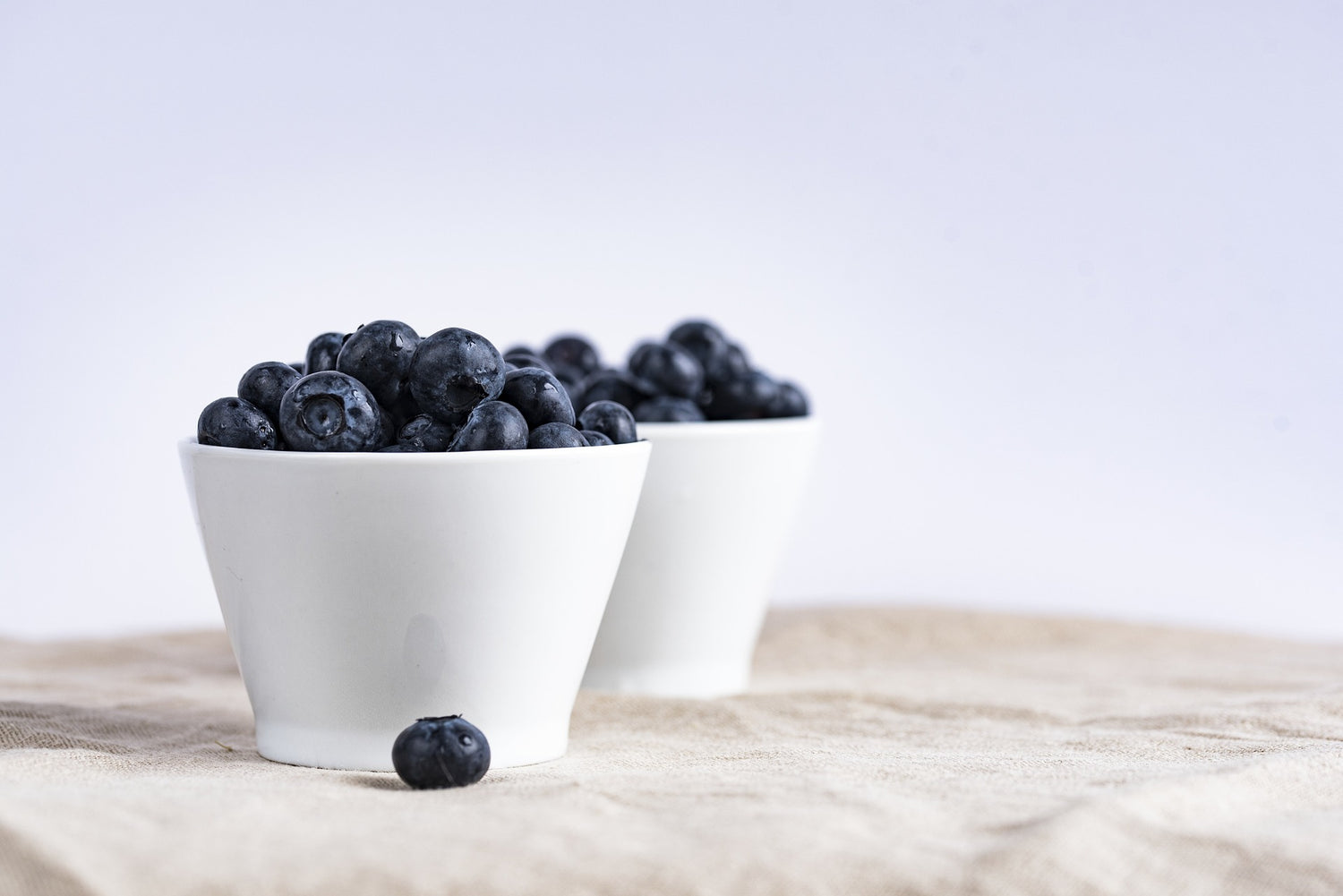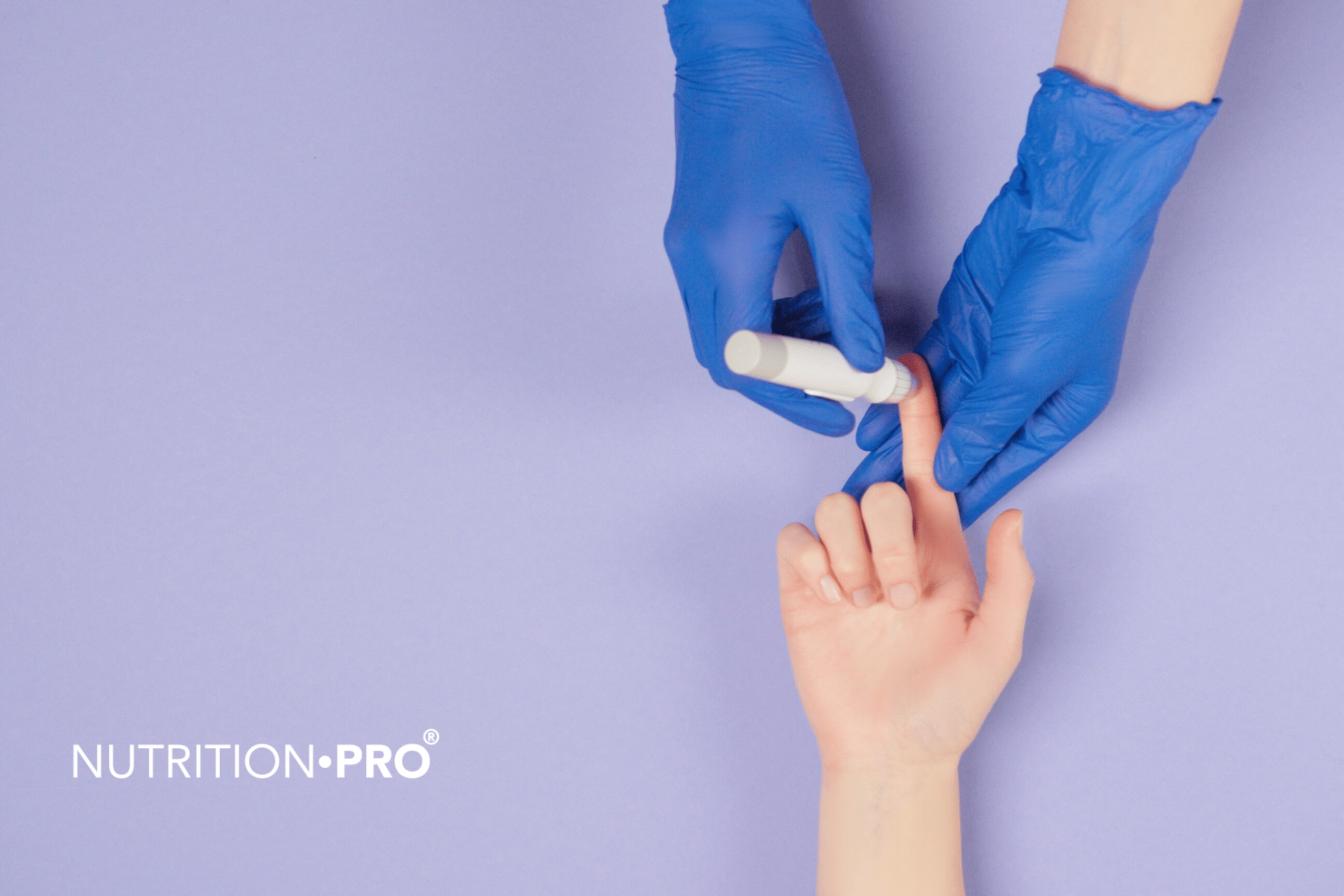The low glycemic index (low GI) diet is based on the concept of the glycemic index (GI).
Studies have shown that the low-GI diet can lead to weight loss , lower blood sugar, and reduce the risk of heart disease and type 2 diabetes.
However, the way it grades food has been criticized for being unreliable and not reflecting its overall safety.
This article provides a detailed review of the low GI diet , including what it is, how to follow it, and its pros and cons.
What is the glycemic index?
Carbohydrates are found in breads, cereals, fruits, vegetables, and dairy products, and they are an essential part of a healthy diet .
When you eat any type of carbohydrate, your digestive system breaks it down into simple sugars which enter your bloodstream.
Not all carbohydrates are the same because different types have unique effects on blood sugar.
The glycemic index (GI) is a measure that ranks foods according to their effect on your blood sugar. It was created in the early 1980s by Canadian professor Dr. David Jenkins .
The rates at which different foods raise blood sugar are ranked relative to the absorption of 50 grams of pure glucose, which is used as the reference food and has a GI value of 100.
Here are the three GI indices:
- Weak: 55 or less
- Medium: 56–69
- Raised: 70 or more
Low GI foods are favorites because they are slowly digested and absorbed, causing a slower, lower rise in blood sugar.
On the other hand, the high GI foods should be limited as they are quickly digested and absorbed causing blood sugar levels to rise and fall rapidly.
It is important to note that foods only receive a GI value if they contain carbohydrates. Therefore, non-carb foods, such as beef, chicken, fish, eggs, herbs, and spices, are not on GI lists.
Factors that affect a food's GI
A number of factors can influence the GI value of a food or meal, including:
- The type of sugar: It is a misconception that all sugars have a high GI. The GI of sugar actually ranges from 19 for fructose to 105 for maltose. Therefore, the GI of a food partly depends on the type of sugar it contains.
- Structure of starch: Starch is a carbohydrate made up of two molecules, amylose and amylopectin. Amylose is difficult to digest, while amylopectin is easily digested. Foods with a higher amylose content will have a lower GI .
- Carbohydrate Refinement: The Processing methods such as grinding and rolling disrupt amylose and amylopectin molecules, increasing GI. In general, the more a food is processed, the higher its GI .
- Nutrient composition: The Fats and acids slow down the rate at which a food is digested and absorbed, resulting in a lower GI. Adding fats or acids, such as avocado or lemon juice, will lower a meal's GI .
- Cooking method: preparation and cooking techniques can also alter the GI. Generally, the longer a food is cooked, the faster its sugars will be digested and absorbed, which will increase the GI.
- Maturity: The Unripe fruits contain complex carbohydrates which break down into sugars as the fruit ripens. The riper the fruit, the higher its GI. For example, a unripe banana has a GI of 30, while a banana too blackberry has a GI of 48 .
The amount of carbohydrates is also important
The rate at which foods raise blood sugar depends on three factors: the type of carbohydrates they contain, their nutrient composition, and the amount you eat.
However, the GI is a relative measure that does not take into account the amount of food consumed. He is often criticized for this reason .
To solve this problem, the glycemic load index (GL) was developed.
GL is a measure of how a carbohydrate affects blood sugar, taking into account both type (GI) and amount (grams per serving).
Like the GI, the GL has three classifications:
- Weak: 10 or less
- Medium: 11-19
- Raised: 20 or more
The GI is still the most important factor to consider when following a low GI diet. However, the Glycemic Index Foundation, an Australian low-GI diet awareness organization, recommends that people also monitor their GL.
He recommends that people aim to keep their total daily GL below 100.
You can use this basis of data to find the GI and GL of common foods.
Otherwise, the easiest way to aim for a GL below 100 is to choose low-GI foods when possible and eat them in moderation.
Low GI diet and diabetes
Diabetes is a complex disease that affects millions of people around the world .
Those with diabetes are unable to process sugars effectively, which can make it difficult to maintain healthy blood sugar levels.
However, a good blood sugar control helps prevent and delay the onset of complications, including heart disease, stroke, and nerve and kidney damage .
A number of studies suggest that low-GI diets are effective in lowering blood sugar in people with diabetes .
A study in nearly 3,000 people with diabetes looked at the effects of low and high GI diets on participants' glycated hemoglobin (HbA1c) levels. Levels of this molecule are an average measure of blood sugar over a three-month period .
The study found that HbA1c levels were 6–11% lower in those consuming the lowest GI diets (GI 58–79), compared to those consuming the highest GI diets ( IG 86 to 112). In other words, lower GI diets were associated with lower long-term blood sugar levels.
Additionally, a number of studies have reported that high GI diets can increase the risk of type 2 diabetes by 8-40% .
A systematic review of 24 studies reported that for five gastrointestinal points, the risk of developing type 2 diabetes increased by 8% .
The low-GI diet may also improve pregnancy outcomes in women with gestational diabetes mellitus (GDM), a form of diabetes that occurs during pregnancy. pregnancy .
A low GI diet has been shown to reduce the risk of macrosomia by 73%. It is a condition in which newborn babies have a higher than normal birth weight, and it is associated with many short- and long-term complications for mother and baby .
Other benefits
Studies have shown that the low GI diet may also have other health benefits :
- Improved cholesterol levels: It low GI diets have been shown to reduce cholesterol total 9.6% and LDL cholesterol 8.6%. LDL cholesterol is associated with an increased risk of heart disease and stroke .
- Can help you lose weight: low GI diets have helped healthy adults lose 0.7 to 1.9 kg in 5 to 10 weeks. However, the availability of research on the effects of long-term weight loss is limited .
- May reduce the risk of cancer: People who eat high-GI diets are more likely to develop certain types of cancer, including endometrial, colorectal, and breast cancer, compared to people who eat low-GI diets .
- May reduce the risk of heart disease: A review of 37 studies found that people on a high-GI diet were 25% more likely to develop heart disease than those on a low-GI diet . Further evidence is needed to confirm these associations .
Foods to Eat on a Low GI Diet
There's no need to count calories or track your protein, fat, or carbs on the low-GI diet .
Instead, a low-GI diet involves swapping high-GI foods for low-GI alternatives.
There are many healthy and nutritious foods to choose from. You should base your nutrition on the following low GI foods:
- Bread: Whole grain, multigrain, rye and sourdough varieties
- Breakfast cereals: Porridge made from rolled oats, birch muesli and all-bran
- Fruits: Like apples, strawberries, apricots, peaches, plums, pears and kiwis
- Vegetables: Like carrots , broccoli, cauliflower, celery, tomatoes and zucchini
- Starchy vegetables: Carisma and Nicola potato varieties, orange-fleshed sweet potatoes, corn, yams
- Legumes: Examples: lentils, chickpeas, baked beans, butter beans, kidney beans
- Pasta and noodles: Pasta, soba noodles, vermicelli noodles, rice noodles
- Rice: Basmati, Doongara, long grain and brown rice
- Grains: quinoa, barley, pearl couscous, buckwheat, freekeh, semolina
- Dairy products: Milk , cheese, yogurt, custard, soy milk, almond milk
The following foods contain little or no carbohydrates and therefore have no GI value. These foods can be included as part of a low GI diet :
- Meat: Including beef, chicken, pork, lamb and eggs
- Fish and seafood: The examples include salmon, trout, tuna, sardines and prawns
- Nuts: Such as almonds, cashews, pistachios, walnuts and macadamia nuts
- Fats and oils: Including olive oil, rice bran oil, butter and margarine
- Herbs and spices: Like salt, pepper, garlic, basil and dill
Foods to avoid on a low GI diet
Nothing is strictly off limits on the low GI diet.
However, try to replace these high GI foods as much as possible with low GI alternatives.
- Bread: White bread, Turkish bread, bagels, naan bread, French baguettes, Lebanese bread
- Breakfast cereals: Instant oatmeal, rice krispies, cornflakes, cocoa krispies, froot curls
- Starchy vegetables: Désirée and red Pontiac potatoes, instant mash
- Pasta and noodles: Corn pasta and instant noodles
- Rice: Jasmine, Arborio (used in risotto), Calrose and medium grain white rice
- Dairy alternatives: Rice milk and oat milk
- Fruit: Watermelon
- Salty snacks: Rice crackers , corn thins, rice cakes, pretzels, corn chips
- Cakes and Cookies: Donuts , Cupcakes, Cookies, Waffles, Stakes
A sample low GI menu for 1 week
This sample menu shows what a low GI diet week might look like. Feel free to adjust this to suit your own needs and preferences.
Monday
- Breakfast: Oatmeal , milk and chopped fresh fruit
- Lunch: Chicken sandwich on whole grain bread, served with a salad
- Having dinner: Stir-fried beef with vegetables, served with long-grain rice
Tuesday
- Breakfast: Whole grain toast with avocado, tomato and smoked salmon
- Lunch: Minestrone soup with a slice of whole grain bread
- Dinner: Grilled fish served with steamed broccoli and green beans
Wednesday
- Breakfast: Omelet with mushrooms, spinach, tomato and cheese
- Lunch: Cup of salmon, ricotta and quinoa with a salad
- Dinner: Homemade pizza with whole-wheat Lebanese bread
Thursday
- Breakfast: S moothie with berries, milk, Greek yogurt and cinnamon
- Lunch: Chicken pasta salad made with whole-wheat pasta
- Dinner: Homemade burgers with beef patties and veggies on whole wheat rolls
Friday
- Breakfast: Quinoa porridge with apple and cinnamon
- Lunch: Grilled tuna salad sandwich on whole wheat bread
- Dinner: Chicken and chickpea curry with basmati rice
Saturday
- Breakfast: Eggs with smoked salmon and tomatoes on whole grain toast
- Lunch: Egg and Lettuce Whole Grain Wrap
- Having dinner: Grilled lamb chops with greens and pumpkin puree
Sunday
- Breakfast: Buckwheat pancakes with red fruits
- Lunch: Brown rice and tuna salad
- Dinner: Beef meatballs served with vegetables and brown rice
Low GI healthy snacks
If you get hungry between meals, here are some healthy low GI snack ideas:
- A handful of unsalted nuts
- A piece of fruit
- Carrot sticks with hummus
- A cup of berries or grapes
- Greek yogurt
- Apple slices with almond butter or peanut butter
- A hard egg
- Leftovers from the day before
Disadvantages of the low GI diet
Although the low GI diet has several advantages, it also has a number of disadvantages.
First, the glycemic index (GI) does not provide a complete nutrition picture. It is also important to take into account the fat content , protein , in sugar and in fibers of a food, regardless of its GI.
For example, fries have a GI of 75, while a baked potato, the healthier substitute, has a higher GI of 85 .
In fact, there are many unhealthy low-GI foods, such as ice cream (GI 36–62), chocolate (GI 49), and pastry cream (GI 29–43).
Another downside is that the GI measures the effect of a single food on blood sugar. However, most foods are eaten as part of a larger mixed meal, making the GI difficult to predict in these circumstances .
Finally, as mentioned earlier, the GI does not take into account the number of carbohydrates you eat. However, it is an important factor in determining their impact on your blood sugar.
For example, watermelon has a high GI of 80 and therefore would not be considered the best option when following a low GI diet.
However, watermelon is also low in carbohydrates, containing only 6 grams of carbohydrates per 100 grams. In fact, a typical serving of watermelon has a low glycemic load (GL) of 5 and minimal effect on blood sugar.
This highlights that using GI in isolation is not always the best indicator of blood sugar. It is also important to consider the carbohydrate content and GL of a food.
The essential
The low glycemic index (low GI) diet involves swapping high GI foods for low GI alternatives.
It has a number of potential health benefits, including lowering blood sugar, weight loss, and reducing the risk of heart disease and type 2 diabetes.
However, the diet also has several disadvantages.
At the end of the day, it's important to eat a healthy , balanced diet based on a variety of whole, unprocessed foods . , regardless of their GI.















